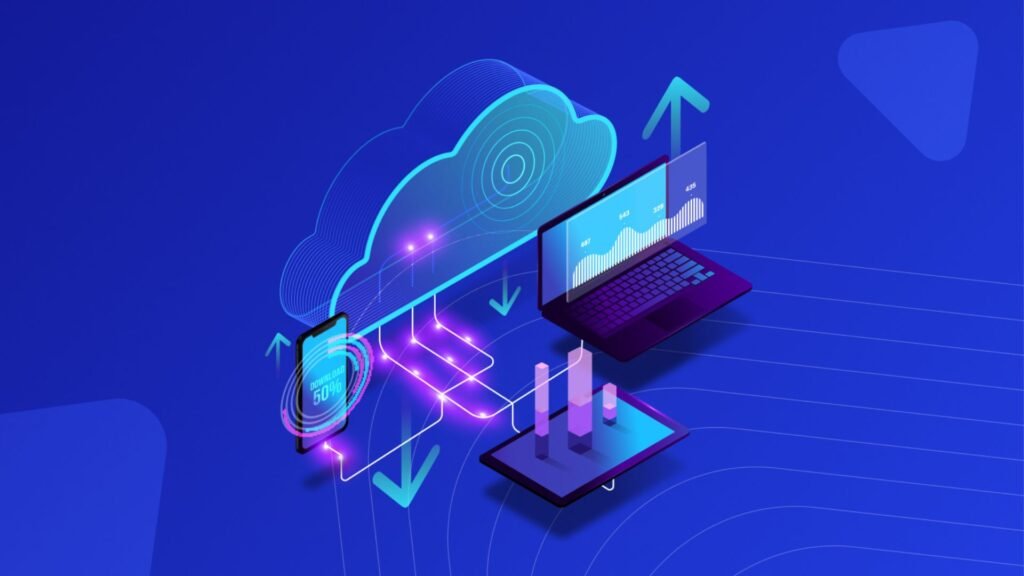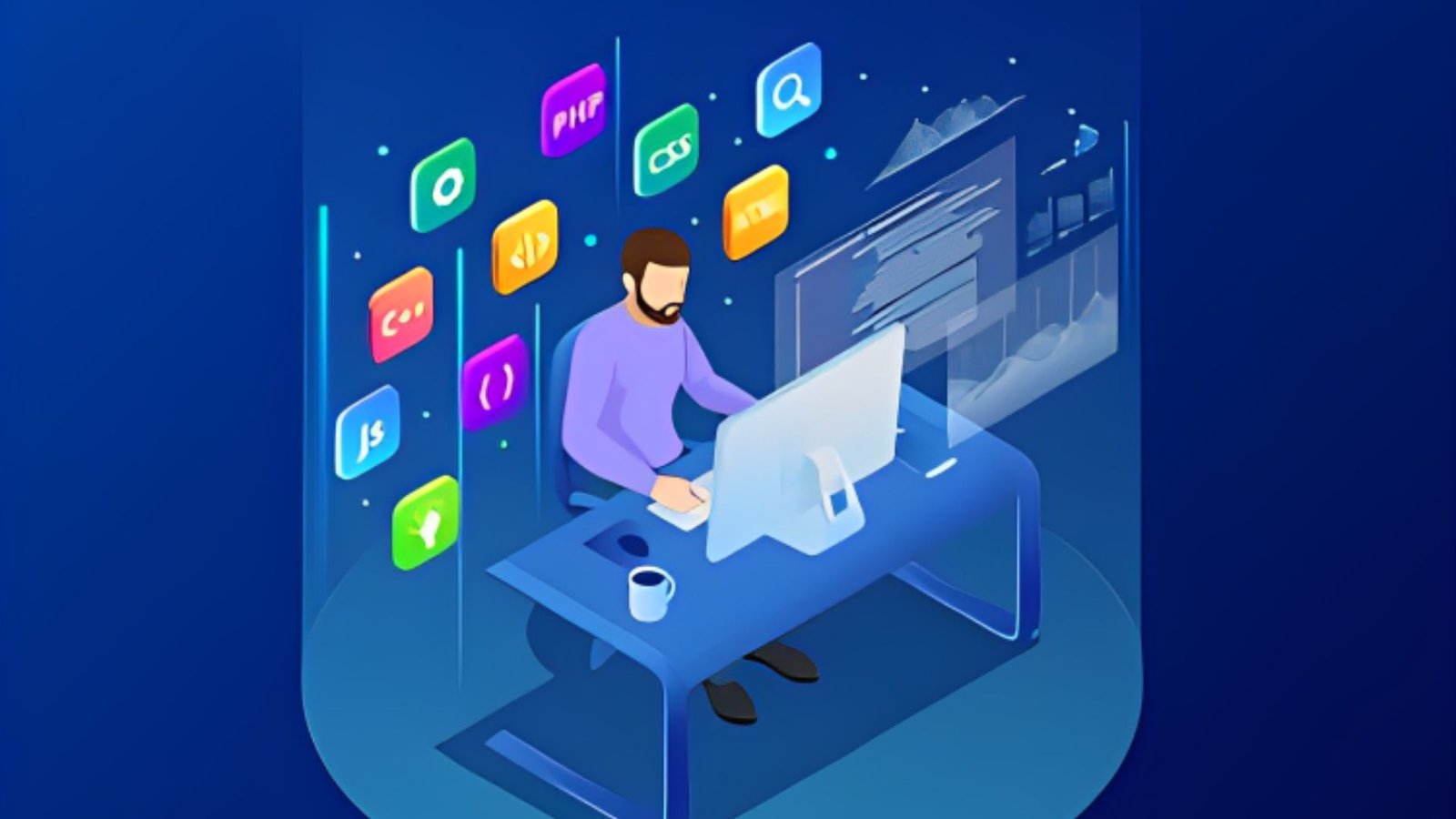Scaling your app development is crucial as your user base grows and your app’s demands increase. Proper scaling ensures that your app remains performant, reliable, and secure. In this post, we’ll explore the best practices for scaling your app development effectively.

Best Practices for Scaling Your App Development
Scaling an app involves various strategies to handle increased traffic and maintain a high-quality user experience. Here are some best practices to consider:
Optimize for Performance
Performance is essential when scaling an app. Poor performance can lead to user frustration and churn. To optimize for performance:
- Monitor Metrics: Use performance monitoring tools to track metrics such as load times, server response times, and error rates. This data helps identify bottlenecks and areas for improvement.
- Implement Caching: Caching frequently accessed data can reduce server load and improve response times. Implement caching mechanisms such as in-memory caches and content delivery networks (CDNs) to enhance performance.
- Optimize Code: Regularly review and optimize your code to ensure it is efficient and scalable. Refactor code to improve performance and reduce complexity.
Design for Scalability
Designing your app with scalability in mind can prevent future issues as your user base grows:
- Use Microservices: Break your app into smaller, independent services that can be developed, deployed, and scaled separately. This approach makes it easier to manage and scale different components of your app.
- Adopt a Scalable Architecture: Choose an architecture that supports horizontal scaling. This allows you to add more servers to handle increased traffic without affecting performance.
- Database Optimization: Design your database to handle large volumes of data and traffic. Use techniques such as database sharding, indexing, and replication to ensure scalability.
Automate and Streamline Processes
Automation and streamlined processes can significantly enhance your app’s scalability:
- Continuous Integration/Continuous Deployment (CI/CD): Implement CI/CD pipelines to automate testing, building, and deploying your app. This approach speeds up development and reduces the risk of errors during deployment.
- Automate Scaling: Use auto-scaling features provided by cloud platforms to automatically adjust resources based on traffic. This ensures your app can handle peak loads without manual intervention.
Ensure Security and Compliance
As your app scales, security and compliance become increasingly important:
- Implement Security Best Practices: Regularly update your app to address security vulnerabilities. Use encryption for data transmission and storage, and employ secure authentication methods.
- Monitor for Threats: Use security monitoring tools to detect and respond to potential threats. Implement logging and alerting mechanisms to stay informed about suspicious activities.
Plan for Growth
Anticipating future growth and planning accordingly can help you scale your app more effectively:
- Capacity Planning: Estimate future traffic and resource needs based on current growth trends. Plan for additional capacity and resources to handle anticipated increases in traffic and data.
- User Feedback: Gather and analyze user feedback to understand how your app is used and what improvements are needed. Use this information to make informed decisions about scaling and feature enhancements.
Test Scalability
Testing scalability is crucial to ensure that your app can handle increased loads:
- Load Testing: Conduct load testing to simulate high traffic conditions and identify performance issues. This helps you understand how your app behaves under stress and make necessary adjustments.
- Stress Testing: Perform stress testing to determine the limits of your app’s capacity. This helps you identify potential failure points and ensure your app can handle extreme conditions.
Conclusion
Scaling your app development effectively requires a combination of performance optimization, scalable design, automation, security, and planning. By following these best practices, you can ensure that your app remains reliable, performant, and secure as it grows.
Focus on optimizing performance, designing for scalability, automating processes, ensuring security, and planning for future growth. Regular testing and monitoring will help you address issues before they impact users.
By implementing these best practices, you’ll be well-equipped to handle the demands of scaling and provide a seamless experience for your growing user base. Embrace these strategies to ensure the long-term success of your app and stay ahead in the competitive market.




